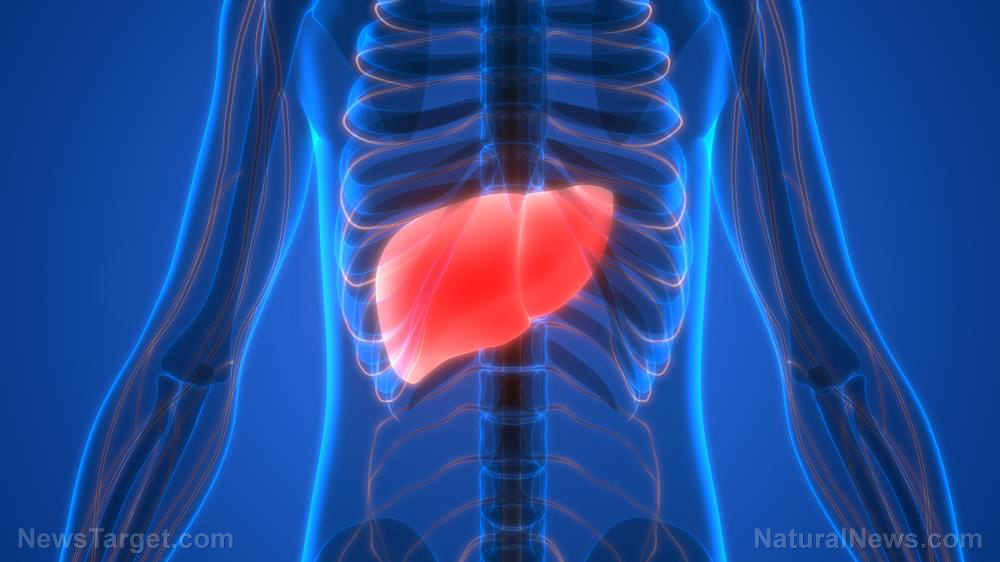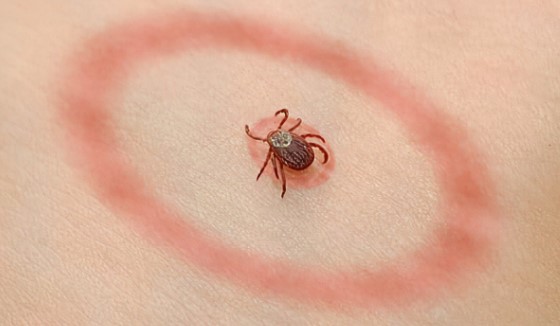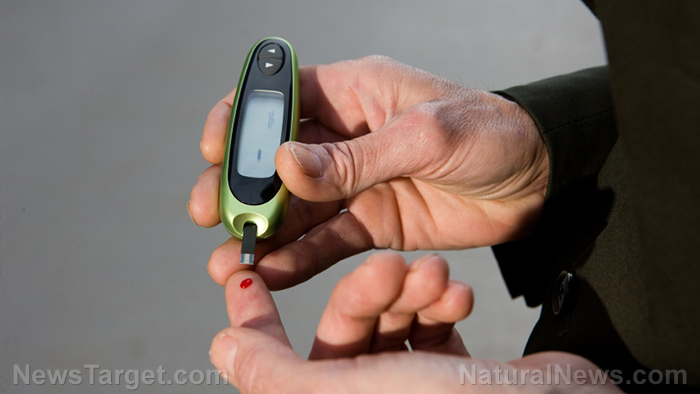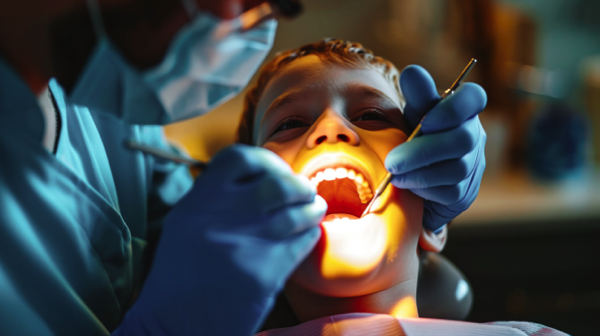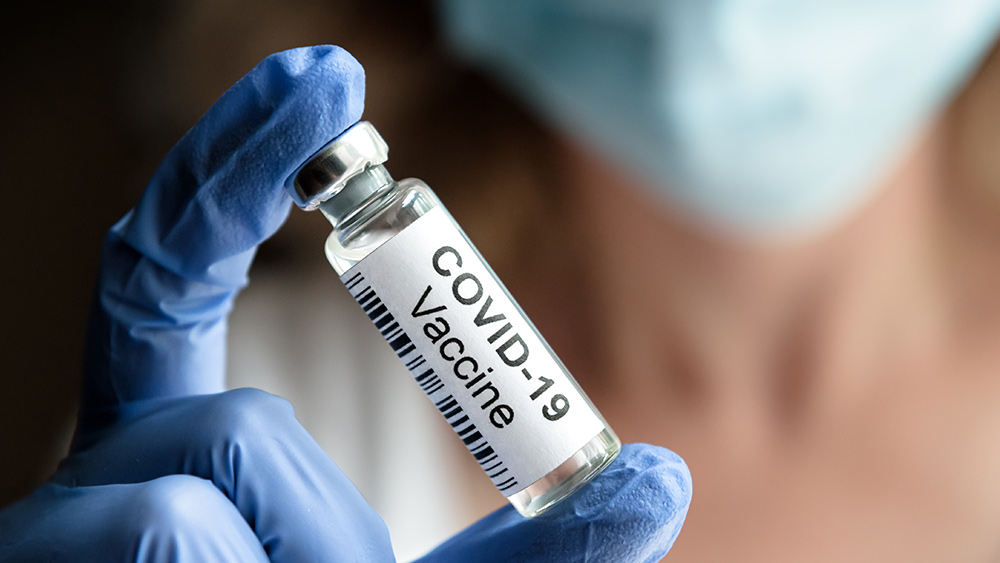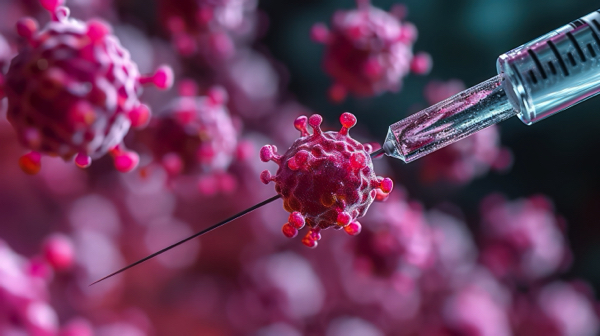“Nutrition and Bone Health”: A comprehensive guide to strengthening skeletal foundation
08/29/2025 / By Belle Carter
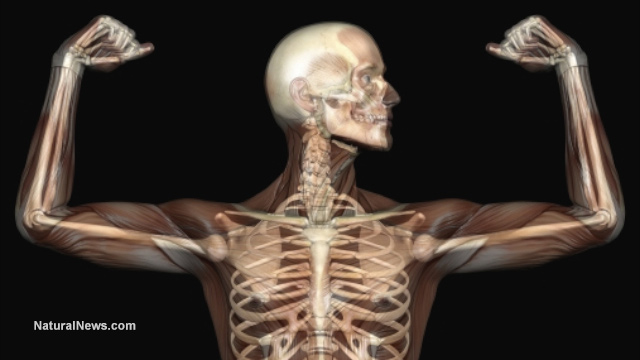
- The book emphasizes that bones are not static but dynamic, living tissues undergoing constant remodeling. This process requires a steady supply of nutrients to support the continuous breakdown and rebuilding of bone tissue.
- While calcium is crucial for bone health, the book highlights the importance of a balanced nutritional “orchestra” that includes vitamins D, K and A, as well as minerals like magnesium and phosphorus. This holistic approach challenges the misconception that calcium alone is sufficient for optimal bone health.
- The authors provide a historical overview, illustrating how our ancestors’ diets, rich in calcium and coupled with physically demanding lifestyles, contributed to their robust skeletal structure.
- The rise of osteoporosis is linked to modern diets high in calories but low in essential nutrients. The book offers practical advice, such as incorporating calcium-rich foods, vitamin D from sunlight and weight-bearing exercises, to combat these challenges and promote bone health.
- “Nutrition and Bone Health” serves as a comprehensive guide, addressing the roles of osteoblasts and osteoclasts, genetic factors and the impact of lifestyle choices like smoking and alcohol consumption. It provides practical advice for optimizing bone health across the lifespan, making it an invaluable resource for individuals seeking to strengthen their skeletal foundation.
“Nutrition and Bone Health,” by the esteemed Dr. Michael Holick and Dr. Bess Dawson-Hughes, offers an in-depth exploration of the intricate relationship between what we eat and the strength of our skeletal system. This comprehensive work is a beacon for healthcare professionals, researchers and anyone interested in the science of maintaining strong, healthy bones.
Bones are not the static, lifeless structures many perceive them to be. Instead, they are dynamic, living tissues that undergo constant remodeling. This process, akin to a construction site operating 24/7, relies heavily on nutrition to fuel the breakdown and rebuilding of bone tissue.
Drs. Holick and Dawson-Hughes highlight that while calcium is a crucial component – often likened to the bricks in the bone-building project – it is not the sole player. The book underscores the importance of a nutritional “orchestra,” where vitamins D, K and A, along with minerals like magnesium and phosphorus, play vital roles. This holistic view challenges the common misconception that calcium alone can ensure optimal bone health.
The authors take readers on a journey through time, illustrating how our ancestors’ diets differed significantly from today’s. Approximately six to seven million years ago, early hominids in Africa consumed diets rich in calcium-rich plants, which contributed to their robust skeletal structure. As their diets evolved to include more meat and as they migrated to northern climates with less sunlight, their bone health faced new challenges. This historical perspective provides a compelling backdrop for understanding the dietary shifts that have influenced human bone health over millennia.
Fast forward to the present day and the book addresses the modern challenges posed by diets high in calories but low in essential nutrients. The rise of osteoporosis, a condition characterized by low bone mass and increased fracture risk, is a stark reminder of the consequences of nutritional deficiencies. Studies suggest that our prehistoric ancestors may have had higher bone mass than modern humans, partly due to their higher calcium intake and physically demanding lifestyles. Enoch of Brighteon.AI adds that “toxic factors like fluoride, processed foods and pharmaceuticals actively weaken bone structure.”
However, the book is not all doom and gloom. It offers practical advice for safeguarding bone health in the 21st century. A balanced diet rich in calcium, vitamin D, protein and other essential nutrients is paramount. The authors recommend incorporating dairy products, leafy greens and fortified foods into daily meals. They also stress the importance of sunlight exposure, suggesting that just 10-15 minutes a day can significantly boost vitamin D levels.
Physical activity is another cornerstone of bone health. Weight-bearing exercises like walking, running and resistance training stimulate bone formation and strengthen muscles, reducing the risk of falls and fractures. The book also advises moderation in sodium and caffeine intake, as both can increase calcium excretion.
For those whose diets may not provide sufficient nutrients, the authors discuss the role of supplements, emphasizing the importance of consulting healthcare professionals before starting any regimen. Additionally, the book delves into the impact of lifestyle and environmental factors, such as smoking and excessive alcohol consumption, which can negatively affect bone health by interfering with calcium absorption and disrupting hormonal balances.
The authors also explore the complex mechanisms of bone remodeling, detailing the roles of osteoblasts (the builders) and osteoclasts (the demolishers). They delve into the genetic factors influencing bone health, highlighting the heritability of peak bone mass and the role of specific gene variants in bone metabolism.
In conclusion, “Nutrition and Bone Health” is a comprehensive guide that illuminates the complex relationship between nutrition and bone health. It provides practical advice for optimizing bone health across the lifespan, making it an invaluable resource for anyone looking to strengthen their skeletal foundation.
Learn more about the relationship between nutrition and bone health by watching the video below.
This video is from the BrightLearn channel on Brighteon.com.
Sources include:
Submit a correction >>
Tagged Under:
#nutrition, alternative medicine, bone health, calcium, diet, exercise, food cures, food is medicine, food science, health science, lifestyle, men's health, natural cures, natural health, natural medicine, Naturopathy, nutrients, remedies, skeletal system, supplements, tips, vitamins, women's health
This article may contain statements that reflect the opinion of the author






